The advantages of injection molded magnets
Injection molded magnets are permanent magnets made by mixing magnetic powder with adhesive and forming them through injection molding. The combination of high magnetic performance and excellent mechanical properties offers a variety of features and advantages. They can be produced to meet the magnetic, mechanical and environmental requirements of customers, and bonding materials such as nylon 6, nylon 12 and PPS can be used. Magnetic materials can be iron oxide, NdFeB, SmCo, NdFeN and their mixtures.
Compared to other methods for producing permanent magnets, injection molding has unique and irreplaceable advantages.
1. Like plastic products, injection molding can create complex shapes of injection molded magnets; the molded parts can have unique dimensions, shapes, magnetic and mechanical properties.
2. Injection molding can combine the magnet with other components through embedded molding, multi-step molding, and multi-part molding processes, thereby saving the cost of secondary processing and assembly.
3. Injection molding technology can produce isotropic magnets and anisotropic magnets. Anisotropic magnets require an external orientation magnetic field during the molding process to make the magnetic powder have a certain orientation in the molten polymer, which can achieve multi-pole magnetization.
4. Injection molding makes injection molded magnet products have good consistency in size and performance, and can have various shapes.
5. Due to the high content of polymer bonding agent in the injection molded magnets, the magnets themselves have strong corrosion resistance and usually do not require surface coating protection.
6. High strength magnetism and excellent mechanical properties
7. Compared with sintered magnets, injection molded magnets have better crack resistance and are easy to assemble; the in-mold pressing process can directly injection the magnetic powder onto the product to form components.
8. The magnet can be fully magnetized, partially magnetized, and demagnetized.
9. The bonding agent and magnet used can meet the application temperature of -40℃ to 180℃.
Methods of magnetization of injection molded magnets
Various methods such as radial, axial, radial, multi-pole or partial magnetization can be used.
Production process of injection molded magnet
During the molding process, the material completely fills the mold cavity under strong injection pressure. The addition of thermoplastic adhesive in the material makes the magnet have good physical and mechanical properties.
Criteria for selecting magnetic materials for injection molding
The main selection criteria are temperature characteristics, strength, water absorption, solvent resistance, complexity of magnet shape, and compatibility with magnetic powder.
Temperature characteristics: The maximum use temperature of injection molded magnets depends on the magnetic powder and bonding agent used. For example, iron oxide powder combined with nylon 6 or PPS can pass the 180℃ test.
Nylon 12 melts above 170℃, so it is not recommended to be used if the magnet design operating temperature exceeds 150℃.
Using NdFeB magnetic powder with high magnetic energy product as an example, if its intrinsic coercivity is 9500 Oe (760 kA/m), regardless of the bonding agent used, the magnetic properties of the magnetic material will experience partial irreversible loss under conditions exceeding 120℃. The maximum use temperature of each material will be listed in the product performance table.

Other Functional Composite Materials In addition to bonded magnetic compounds, we can also cooperate with customers to develop customized functional composite materials, such as high-density compounds and metal bonded plastic. We are committed to providing customers with new user experience and different design inspiration.
 CN
CN

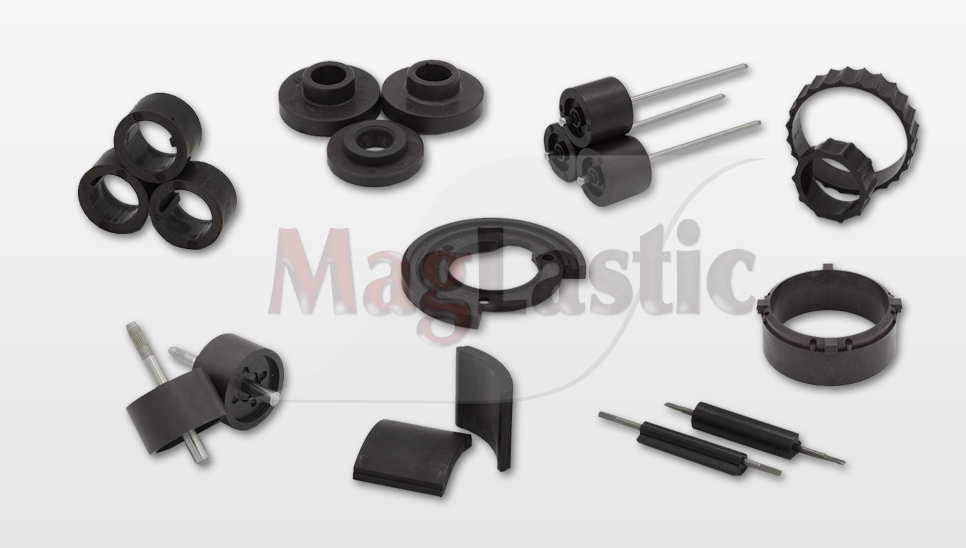
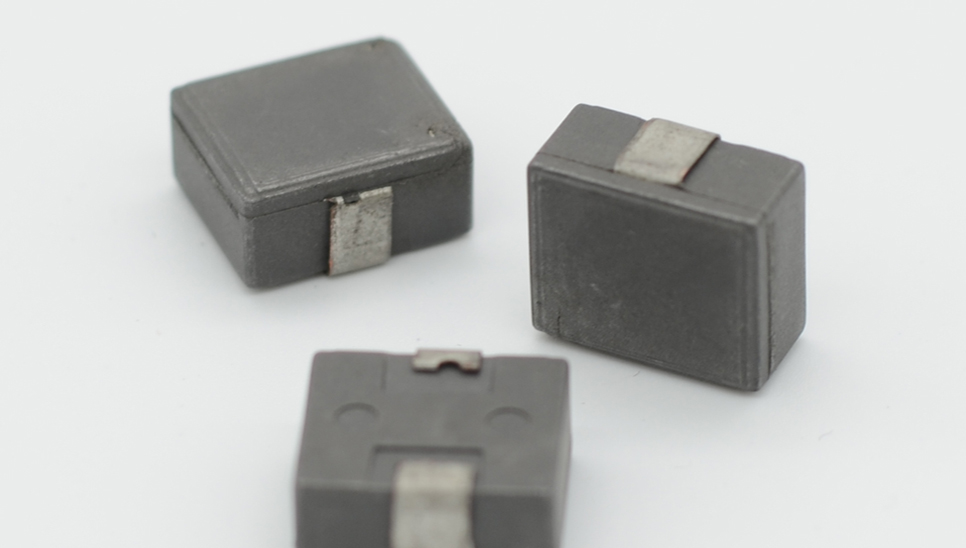
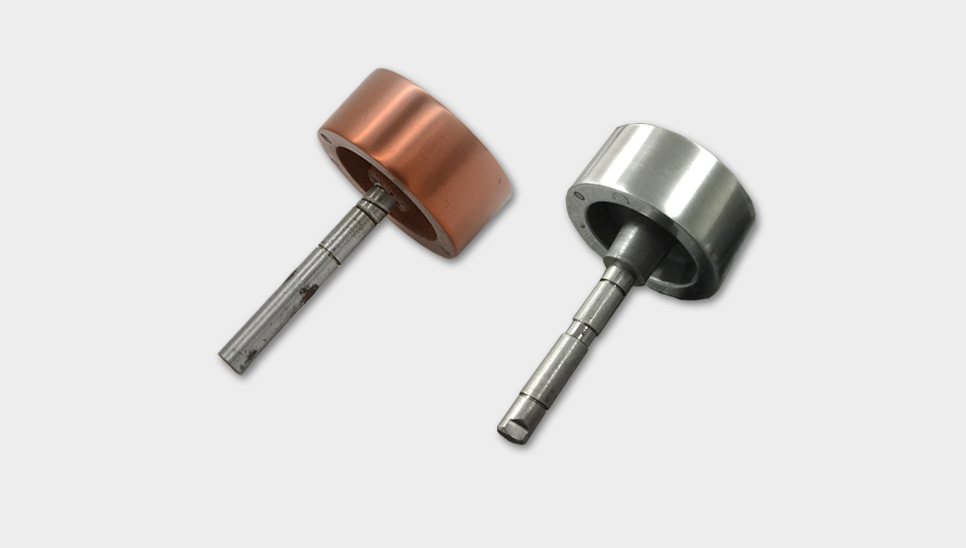
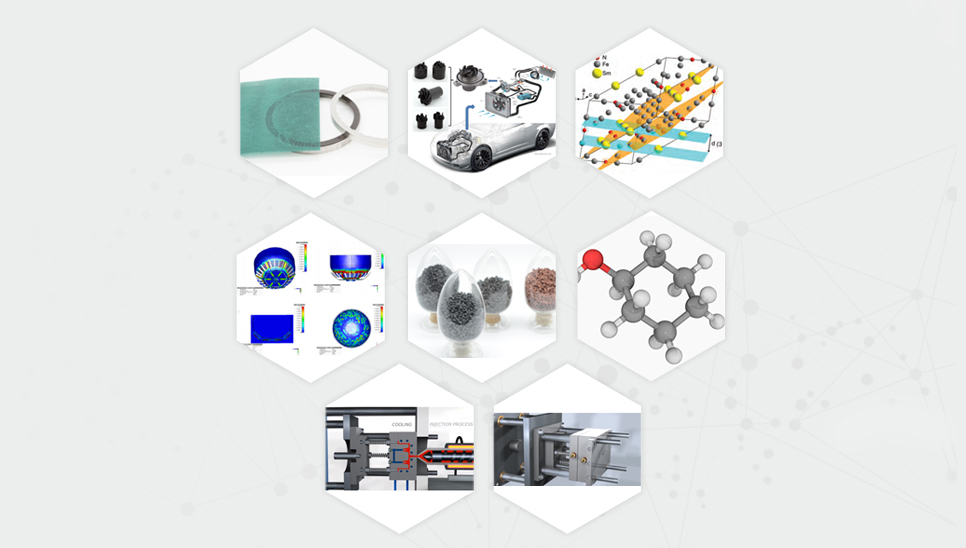

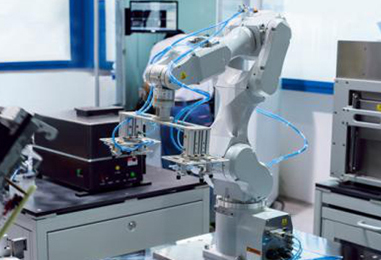
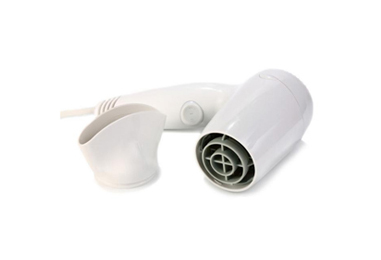
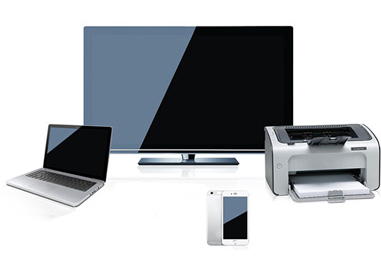
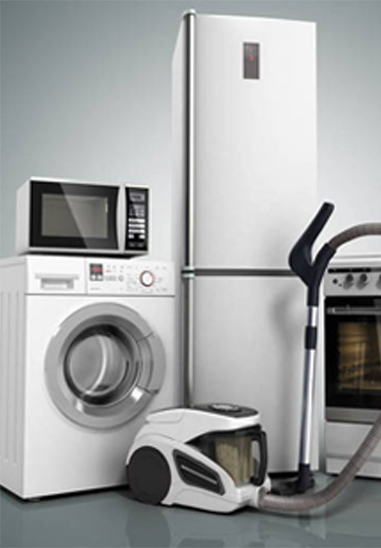

 Call us on:
Call us on:  Email Us:
Email Us:  1F, Building 3, NO.77 Gaoxin 13 road, Xiaoshan district, Hangzhou
1F, Building 3, NO.77 Gaoxin 13 road, Xiaoshan district, Hangzhou